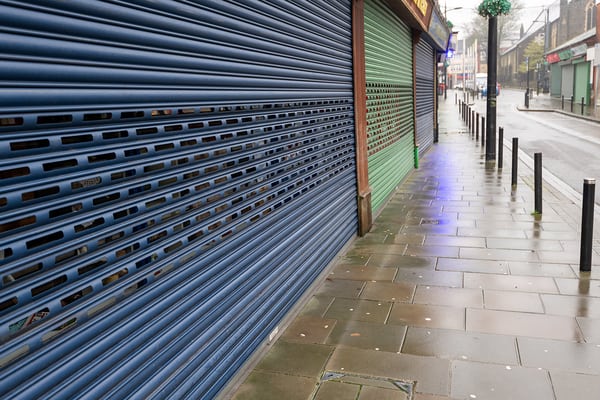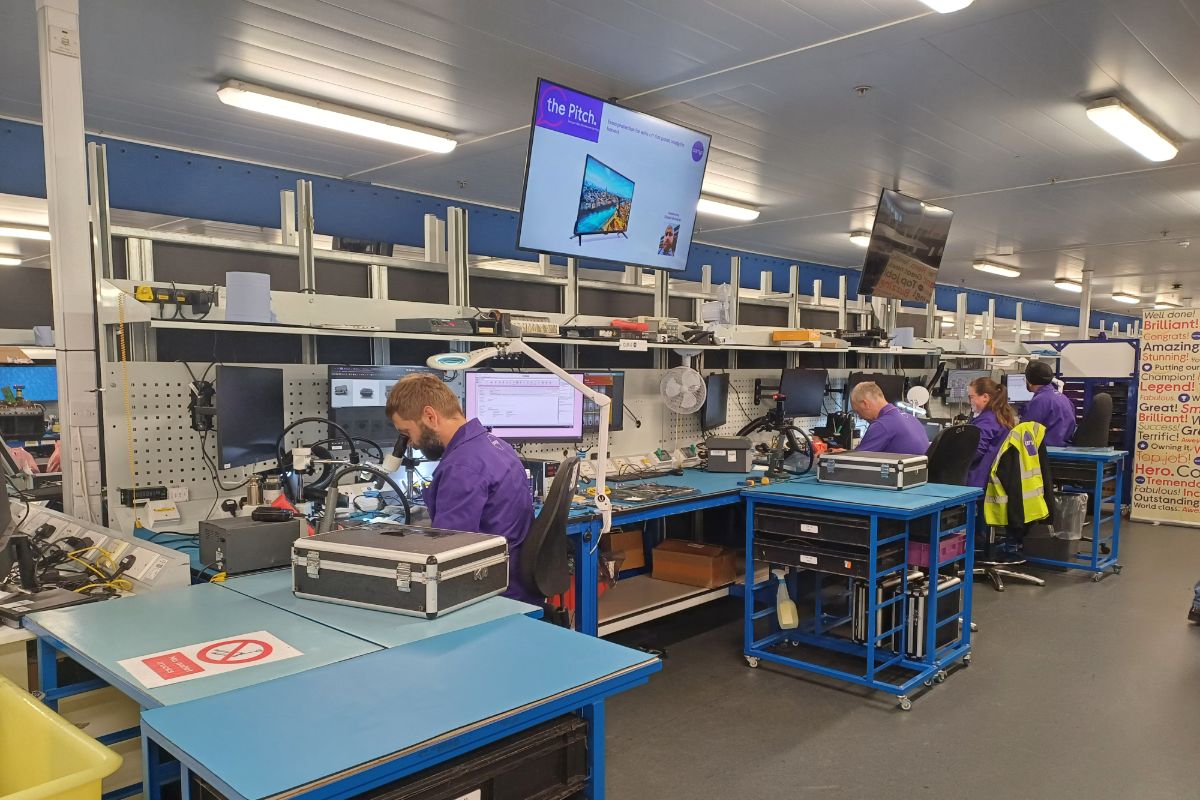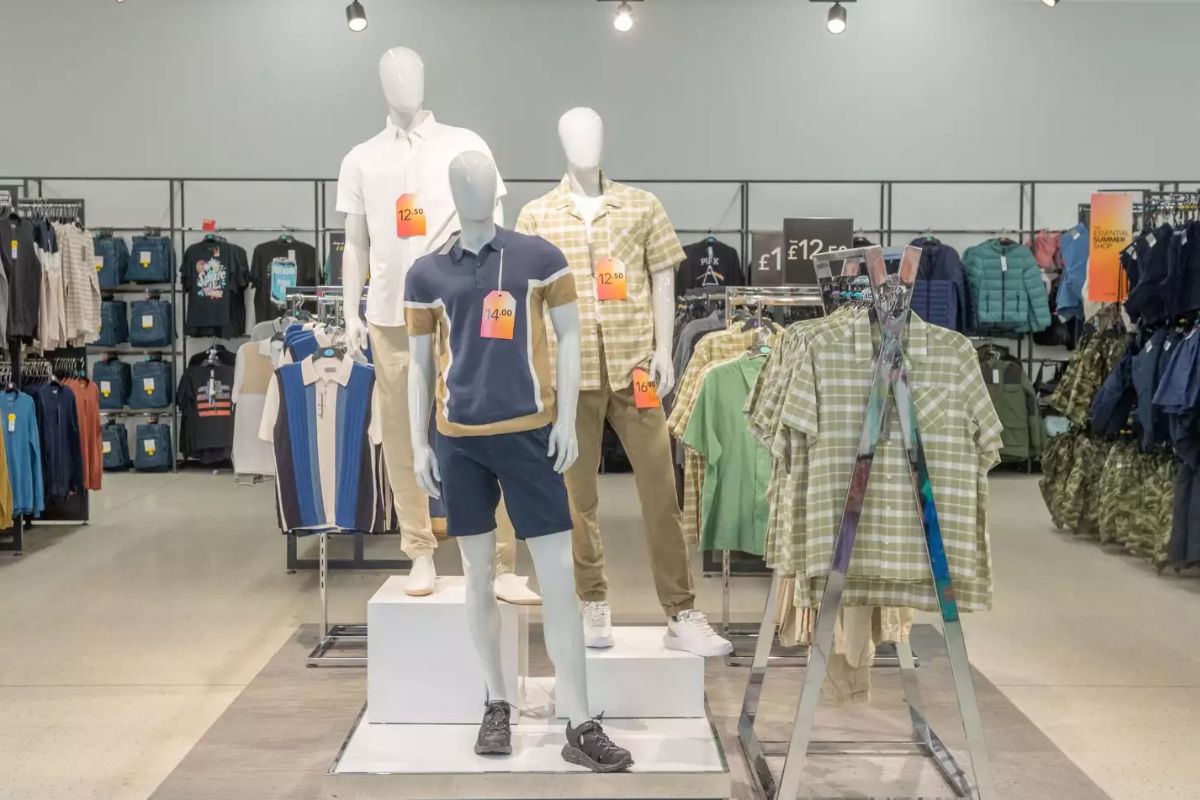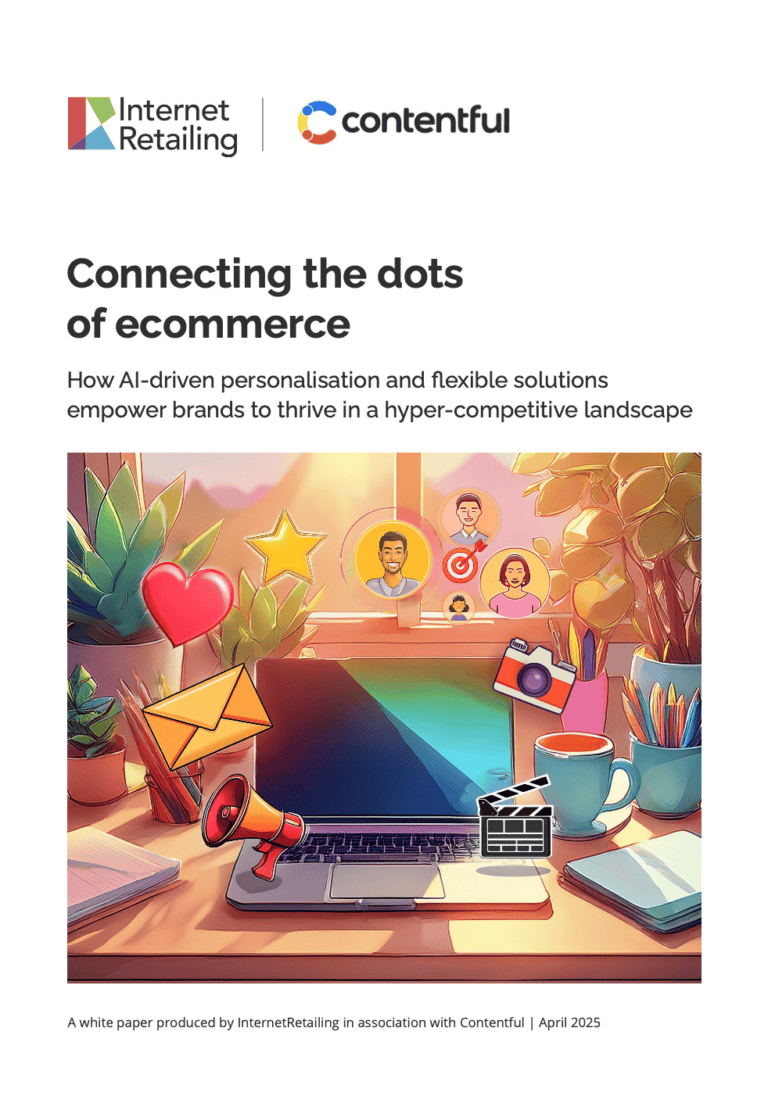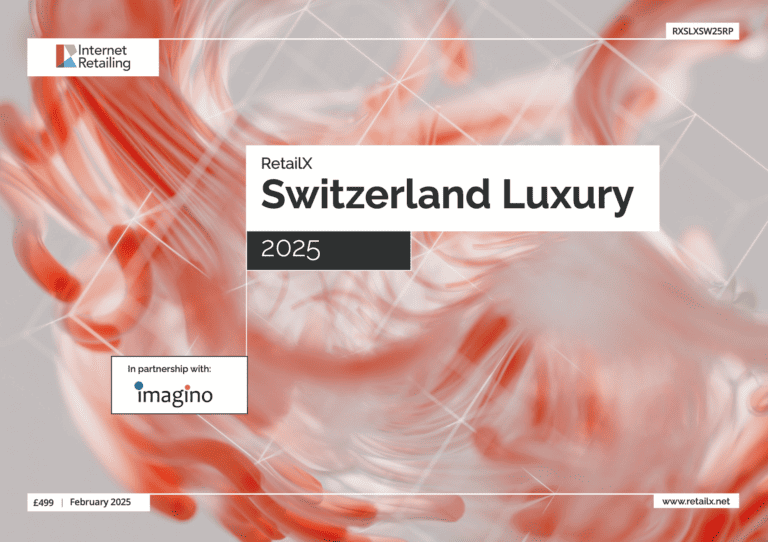The number of empty UK shops continued to grow during lockdown 3.0 – with shopping centres particularly hard hit, according to new data. Warnings suggest the true impact of the third lockdown on store numbers may not yet be felt – at a time when sales have continued to shift online.
The vacancy rate increased to 14.1% in the first quarter of the year, up from 13.7% in the fourth quarter of 2020, according to the latest Local Data Company/British Retail Consortium (BRC) figures.
The latest LDC/BRC Vacancy Monitor for the first quarter of 2021 shows the proportion of shops that are standing empty rose at all three of the main retail destination types during the quarter, led by shopping centres, where vacancies reached 18.4% from 17.1% in the fourth quarter. High street vacancies reached 14.1%, from 13.7%. Retail park vacancies grew to 10.6%, from 10% last time. Retail parks are, nonetheless, the location with the lowest vacancy rate.
Helen Dickinson, chief executive of the BRC, says: “The forced closure of thousands of shops during the first quarter of 2021 has exacerbated already difficult conditions for the retail industry. We estimate there are around 5,000 fewer stores since the start of the pandemic, meaning one in seven shops now lie empty. There is significant regional disparity in vacancies, with the North of England showing a greater increase compared with other parts of the country. Shopping centres, many of which have been forced to close for a large portion of this pandemic, have fared worse than other retail locations, with over 12% of units lying empty for a year or more.”
Lucy Stainton, director at the Local Data Company, says: “The number of vacant units has continued to increase in the first three months of this year across the country, despite much of the market being temporarily closed for during the third lockdown. With this in mind, and despite these percentages increasing significantly, we would argue that we have not yet seen the true impact of this third lockdown and this will only be obvious once the market has had the chance to re-open fully. We have seen a number of household names announcing further store closures or indeed, disappearing from our high streets entirely showing how challenged physical retail continues to be.”
Stainton says shopping centres have particularly exposed to the effects of the Covid-19 pandemic, since they have less ‘essential’ retailing and more ‘non-essential’ retailing in areas, such as fashion, where business has been hard hit over the last year.
However, she adds: “The early indications from the first few weeks of the ‘unlocking’ have shown there is still significant demand for physical retail and eating out. Hopefully, as consumer confidence continues to build momentum with reduced Covid-19 cases, more of the population vaccinated and warmer weather, further fall out from the pandemic might be mitigated somewhat. Similarly we are seeing a lot of redevelopment with retail stores being converted to other uses such as office space and residential property – this too may help stabilise the increase in vacancy.”
The online effect
Retail transactions shifted online during all of the three lockdowns that took place over the last year. In March 2020, 23.1% of UK retail sales took place online, according to official figures from the ONS. In February 2021, during lockdown 3.0, the figure stood at 36.2%. By March 2021, with shops not yet open but travel restrictions somewhat relaxed, 34.7% of retail transactions took place online, rising to more than half (55.7%) for clothing, footwear and textiles, while 39.5% of non-food online sales took place online during the month.
As yet it’s unclear what the effect of vaccinations will be, although early footfall figures have suggested that more people returned to shops when they opened earlier this month than did when shops reopened from the first lockdown in June.
